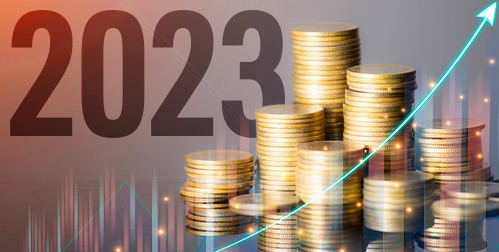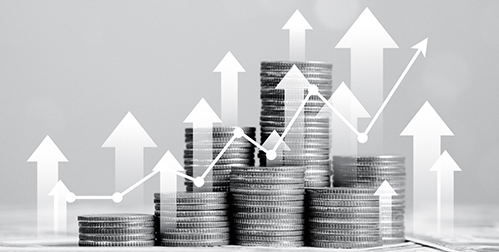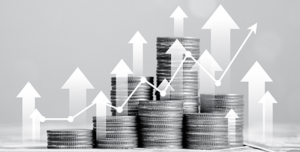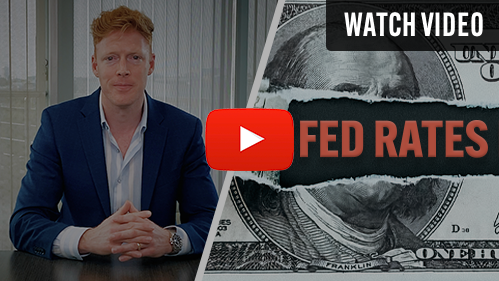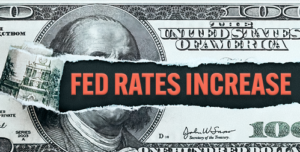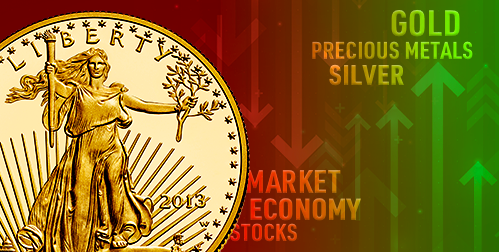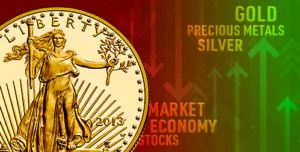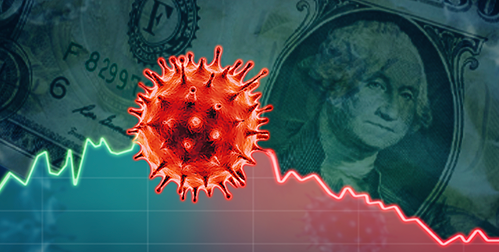- Gold hit record highs in 2022, and rebounded strongly after a mid-year dip
- Gold outperformed almost every other asset class in 2022
- Several factors are aligned for gold to reach new record prices in 2023
Gold in 2022
Gold had a remarkable 2022. Bullion soared 16% between the end of January 2022 and the beginning of March. It traded above $2,070 per ounce for the first time. Investors flocked to gold as safe haven when Russia invaded Ukraine. After interest rate hikes caused a dip, gold rebounded towards the $1,800 level. Since the beginning of November, gold prices are up almost 13%. Analysts predict the surge to continue into 2023.1
The Fed’s fight against inflation put downward pressure on gold prices. They aggressively raised interest rates to shrink the economy. Higher interest rates saw investors move away from gold and toward interest bearing securities. Also, the U.S. dollar climbed toward its 20-year high. Gold prices are inversely related to the dollar. When the dollar goes up, the price of gold goes down.
At $1,800 in December, gold was a winner compared to other markets. Stocks, bonds, cryptocurrencies, real estate, and most other asset classes suffered significant losses in 2022. Gold’s 2022 performance in the face of a strong dollar and high interest rates is a testimony to its strength.
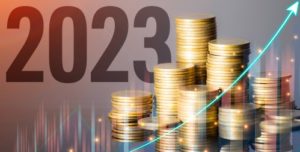
Gold in 2023
Gold is primed to continue its leading role due to several factors, including:
Inflation has been at record levels for almost a year. It will continue to persist for the foreseeable future. Gold is traditional store of value in the face of inflation. As long as inflation stays elevated, the upward price pressure will continue.
Interest rates are predicted to plateau in 2023. Investors believe the Fed will hit the brakes on interest rate hikes as a recession settles in. Gold will become more attractive compared to other interest-bearing investments.
Supply is not keeping up with international demand. Russia was the world’s third leading gold supplier. With sanctions still in effect, scarcity is increasing. In addition, investment in new gold sources has not kept pace with demand.
Dedollarization is seeing non-Western countries move away from using the US dollar as a reserve currency. Sanctions and a global political realignment are causing countries to choose gold for economic and security reasons.
China is relenting on their strict covid restrictions. China is the world’s top consumer of gold. As the restrictions loosen, their demand will increase.
Central banks purchased a record 399 tons of gold for about $20 billion in Q3 2022. Over the first nine months of 2022, total official sector purchases were at the 673-ton level, the highest since 1967. The robust demand for gold from central banks is likely to continue in 2023 according to the World Gold Council.2
Overall, gold is primed to have a banner year in 2023. Analysts say gold can hit the $2,000 level. Saxo Bank said, that with the right conditions, gold will break $3,000 an ounce next year. How high gold will go depends on the Fed’s actions on interest rates.
In the best-case price scenario, gold could even surpass its all-time high if stagflation occurs and the Fed reduces its tightening. This would likely force investors to steer clear of bonds, equities, and currencies altogether, just like in the 1970s. Now is an opportune time to get it into gold for the new year. Contact us today to learn how you can take advantage of the price upswing with our Gold IRA.
